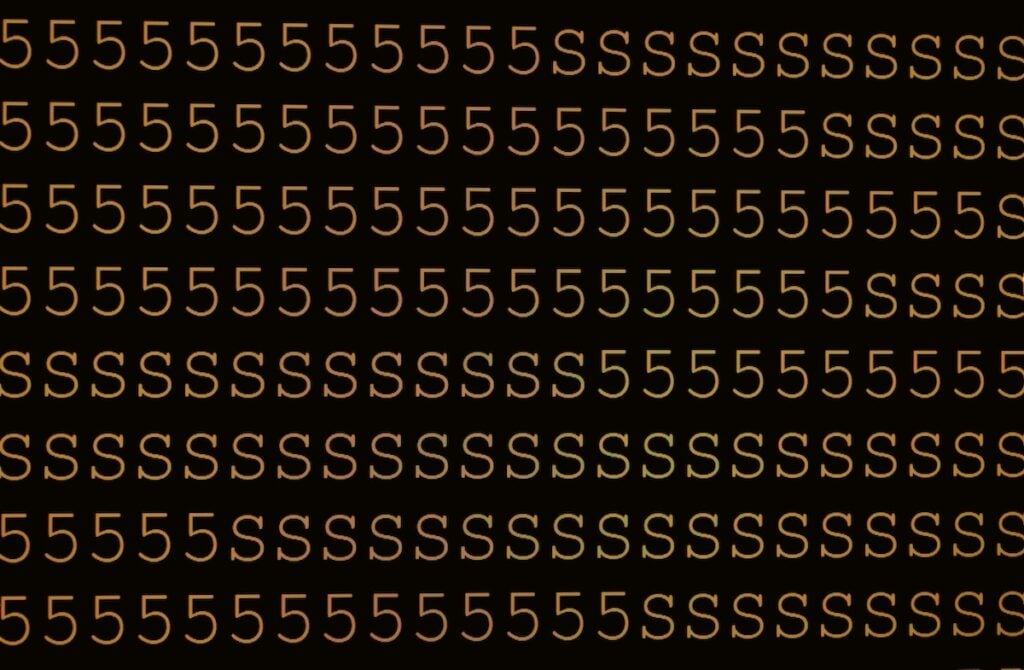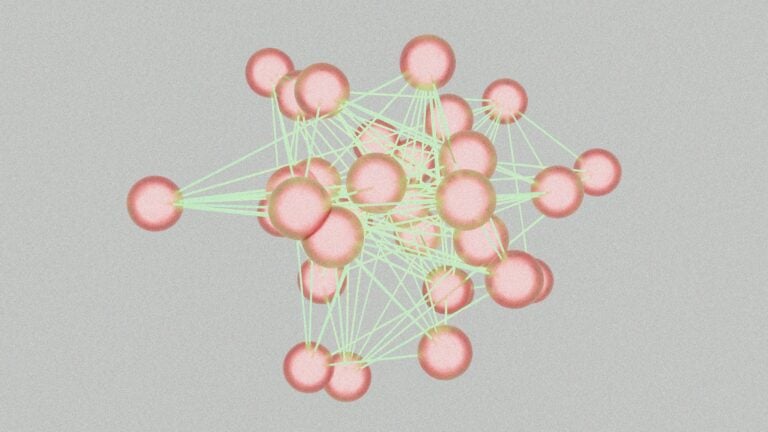
Ever stumbled upon a jumble of seemingly nonsensical characters starting with data:image/png;base64? Congratulations, you’ve encountered Base64 encoding in the wild! 🎉
Base64 is a way to represent binary data using a limited set of 64 ASCII characters. It’s commonly used for:
- Embedding images, fonts or other files directly into HTML, CSS or scripts
- Transmitting binary data over text-based protocols like email or XML
- Obfuscating sensitive info (though it’s not encryption!)
To make sense of Base64, you need to decode it back to the original binary. Here’s a quick cheat sheet:
| Language | Decoding Function |
|---|---|
| JavaScript | atob(base64String) |
| Python | base64.b64decode(base64String) |
| Java | Base64.getDecoder().decode(base64String) |
| C# | Convert.FromBase64String(base64String) |
For example, in JavaScript:
const base64Image = "data:image/png;base64,iVBORw0KGgoAAAANSU…";
const splitData = base64Image.split(",");
const byteString = atob(splitData[1]);This snippet:
- Extracts just the Base64 data, removing the metadata prefix
- Decodes the Base64 string into a byte string
From there, you can convert it to a typed array for further manipulation:
const intArray = new Uint8Array(byteString.length);
for (let i = 0; i < byteString.length; i++) {
intArray[i] = byteString.charCodeAt(i);
}Armed with this byte array, you can:
- Create a Blob for saving the file
- Render the image to a canvas
- Pass it to a library for parsing file contents
- Feed it to WebAssembly for high-performance processing
Base64 decoding opens up a world of possibilities for handling inline binary data. Now go forth and decode with confidence! 🚀
Install Our Extensions
Add IO tools to your favorite browser for instant access and faster searching
恵 Scoreboard Has Arrived!
Scoreboard is a fun way to keep track of your games, all data is stored in your browser. More features are coming soon!
Must-Try Tools
View All New Arrivals
View AllUpdate: Our latest tool was added on Dec 10, 2025




